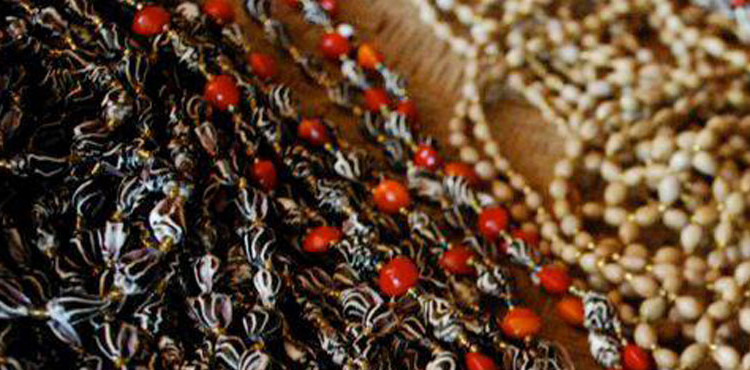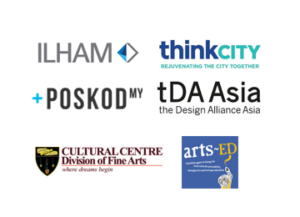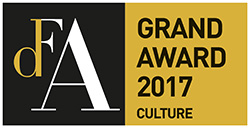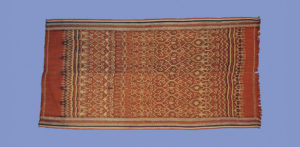Written by Reita Rahim of Gerai OA
The Momogun Rungus are part of the Anak Negeri, the indigenous peoples of Sabah. The Rungus have three main dialect groups, all residing in northern Sabah. Most are agrarians who used to reside in communal longhouses, especially within the districts of Kudat, Matunggong and Pitas.
There are no accurate population figures as previous census often grouped them withing the larger Kadazan / Dusun ethnic groups. And approximate contemporary figure is 80,000 (Mojuntin Bongkol 2004).
Despite rapid development of their traditional lands into acacia or oil palm plantations, the Rungus have managed to retain much of their culture, traditions and intangible heritage including their distinct language, myth and stories, songs, dances and handicrafts.
Rungus Handicrafts Today
The Rungus still produce many utilitarian crafts. Woodworking and metalwork are practised by men while women weave textiles and string beads, basketry is practiced by both. Common crafts are those with high commercial value especially beadwork and coilwork basketry (rinago), which are still made in large quantities.
Certain crafts, notably handloom textiles are increasingly rare today. Cotton is no longer cultivated as colourful, thick store-bought yarn is preferred. Weaving (mangavol) is still carried out on a narrow width backstrap loom, mostly to weave colourful inavol souvenir shoulder cloth.
Ironsmithing is still carried out by men on a small scale to fulfil the need for agrarian tools. Brass is also still fashioned into traditional ornaments, though this craft is much rarer now due to limited supplies of brass.
Kg. Tinangol, Kudat
This village of three modern longhouses and approximately 800 peopleis a three hour drive from Kota Kinabalu; public transport is available. Located within a fifteen minute walk from the tourist longhouse of Bavangazo, Kg. Tinangol specialises in the production of beaded crafts (under the “SDSI: one village one product” government initiative).
Craft production is generally treated as a supplementary source of income as many villagers still rely on rice farming for self consumption. However, visitors are welcome to visit their Bead Workshop located at the front of the village, or to the individual homes within the longhouses.
Contemporary Crafts
The following are some Rungus crafts marketed by Gerai OA:
inavol handwoven bookmarks
Traditional handloom skills and motifs have been used but scaled down to produce these finely woven bookmarks. A small width backstrap loom (babaal) is still utilised but with contemporary coloured yarn.
saring inontilung brass and fern fibre bangles
Brass ornaments are still worn by older Rungus women though gold is now preferred. These contemporary brass bangles are still hand forged by women but embellished with additional inontilung fern fibre weaving.
rinago coilwork trays and baskets
Coil work lidded baskets are made by winding the smooth outer skin of the lingkung creeper fern (lygodium sp.) onto a continous coiled rattan base. Trays and ladies’ bags are a contemporary form.
tanjung ekslusif natural seed necklaces and chokers
Various seed, both wild harvested (sinangkil, saga and petai) or cultivated (igiu and talantang), are strung into contemporary multi strand necklaces. Hand cut hollow fern stems (lopitung) or seashells are also used.
litai vinusak and tanjung tinutub woven bead necklaces
These modern necklaces feature traditional patterns and are made on a simple bead tension loom where glass or plastic seed beads are woven together on a series of polyester threads held taut by body tension.





